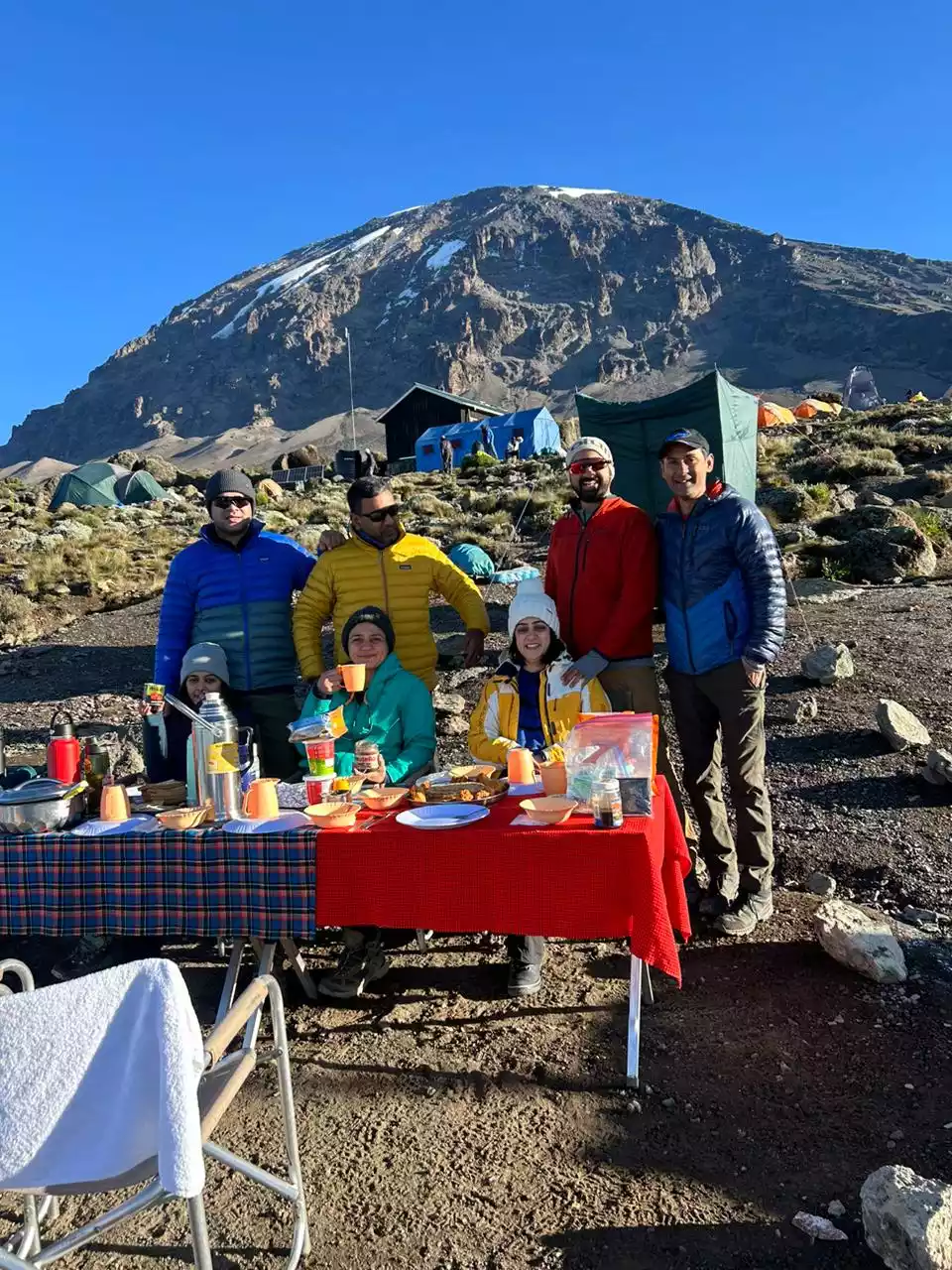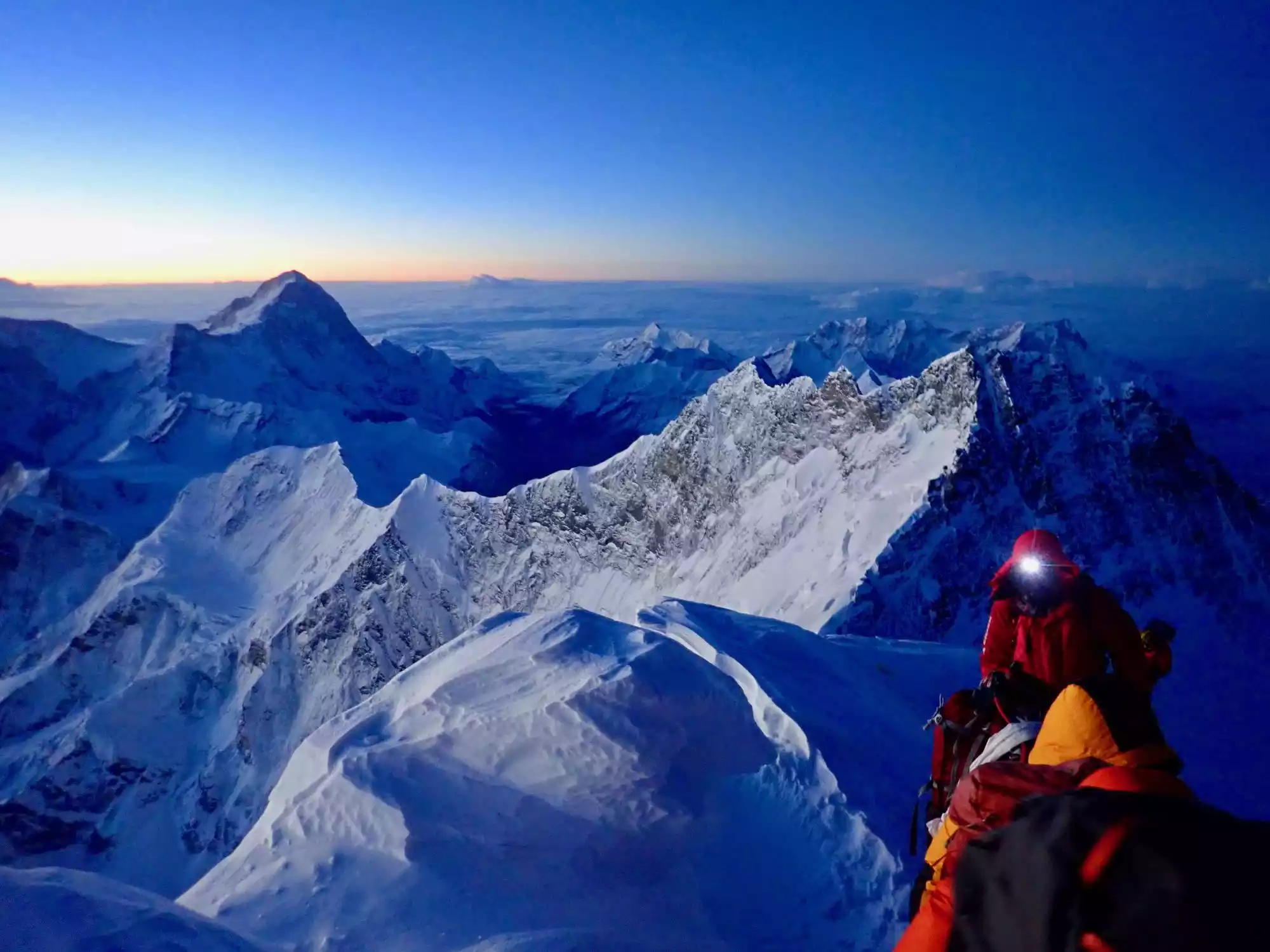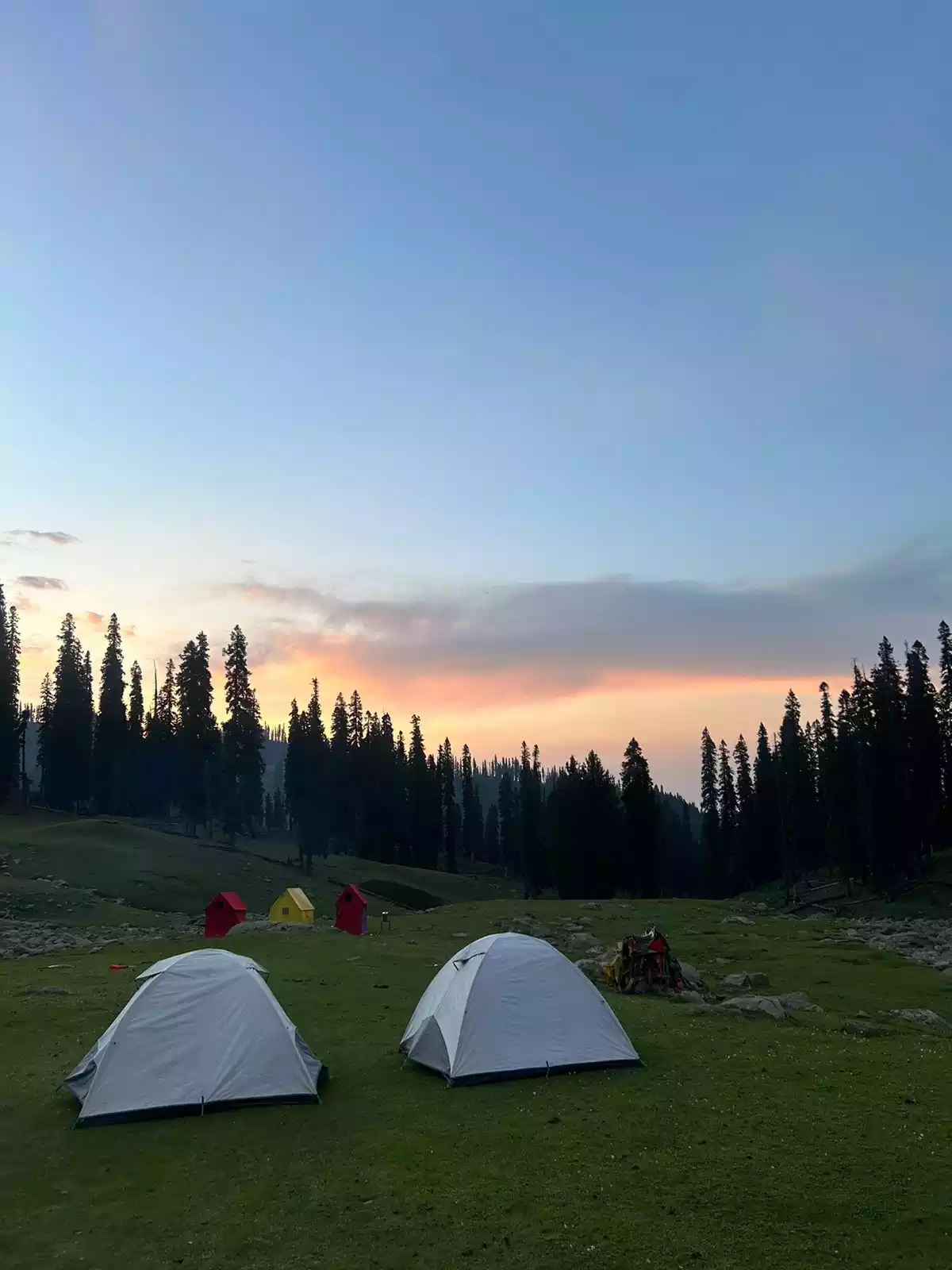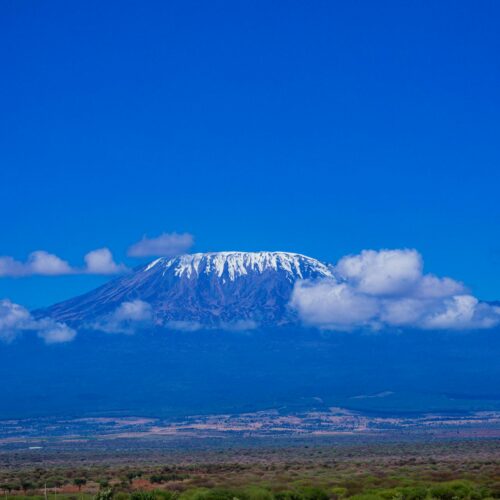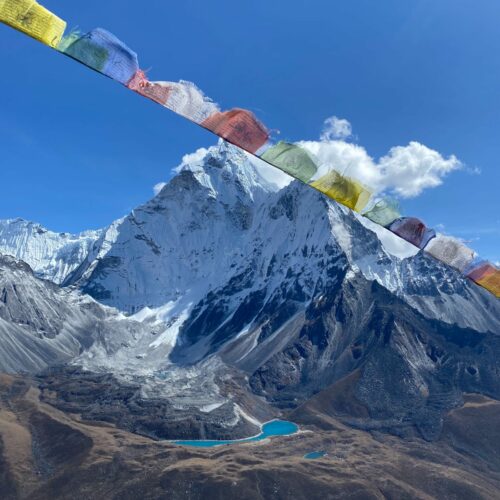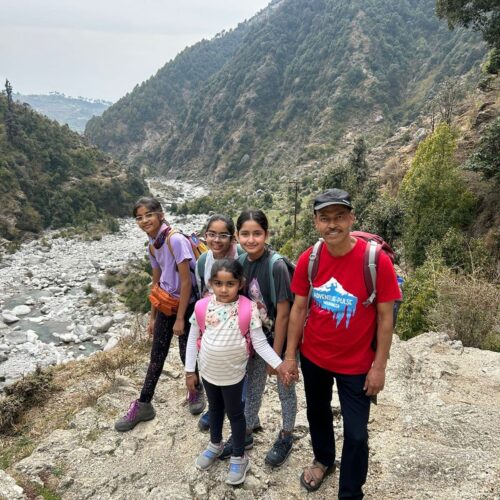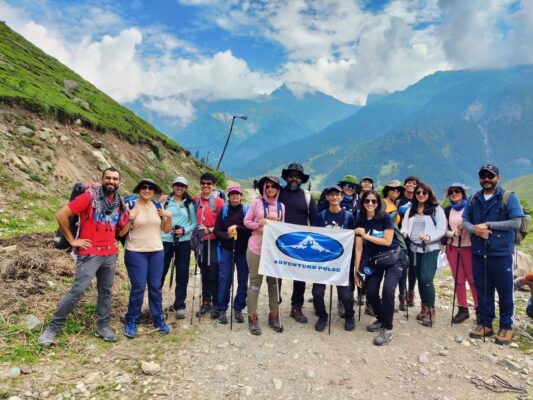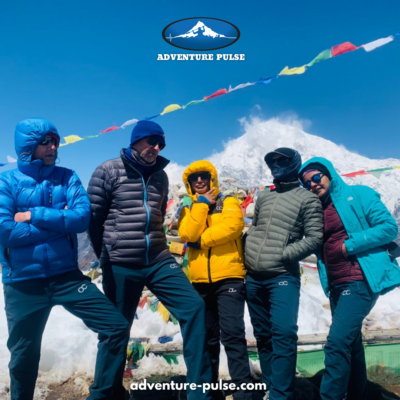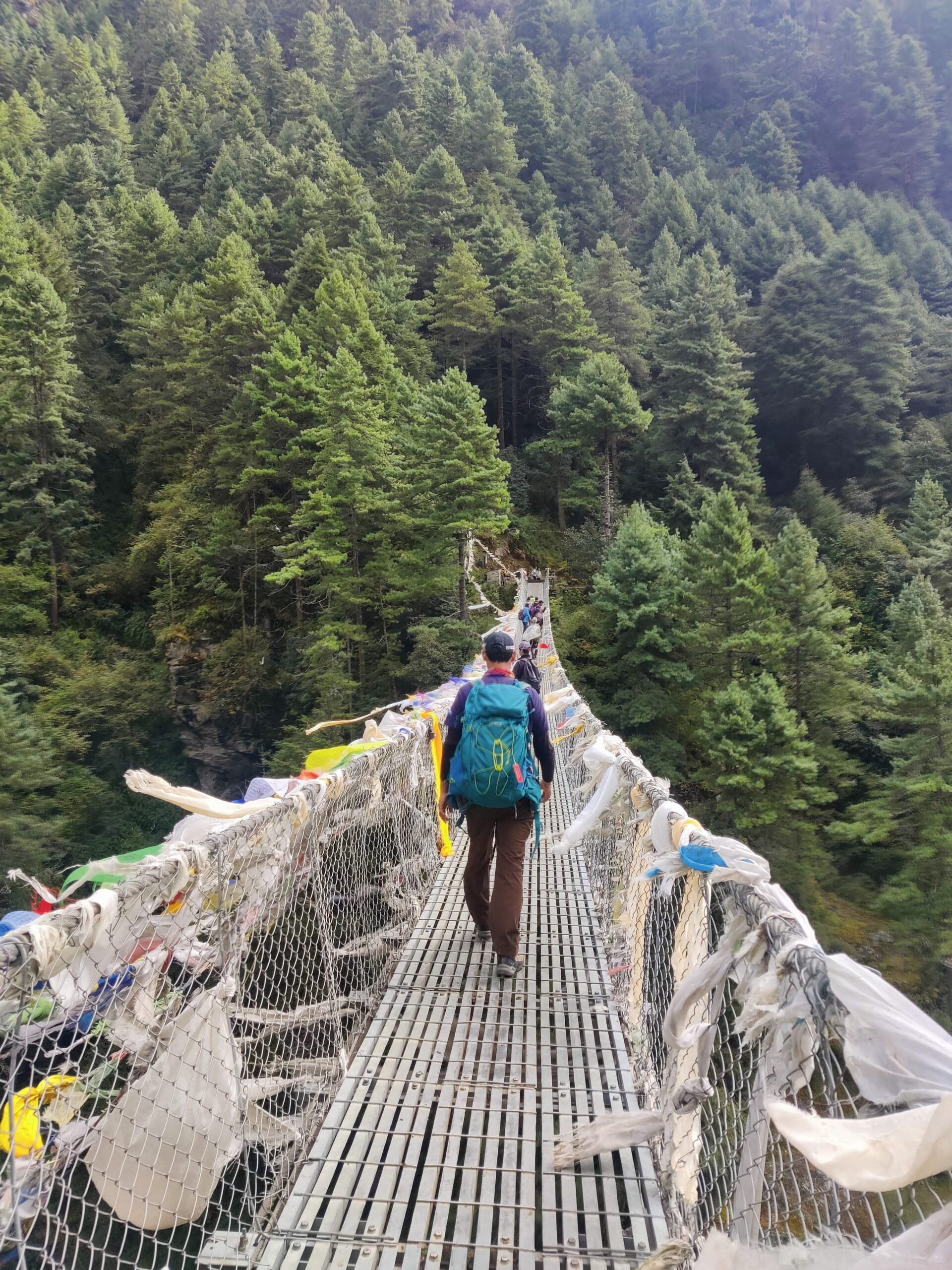By Karishma Chauhan
Are you dreaming of summiting Mount Kilimanjaro? Well, let me tell you, it’s not a walk in the park (unless you consider walking at high altitude for several days a walk in the park). But fear not, my intrepid adventurer, with a little preparation and a lot of humor, you too can make it to the top. Here are some tips on how to ensure a successful summit of Mount Kilimanjaro – with a dash of wit and humor.
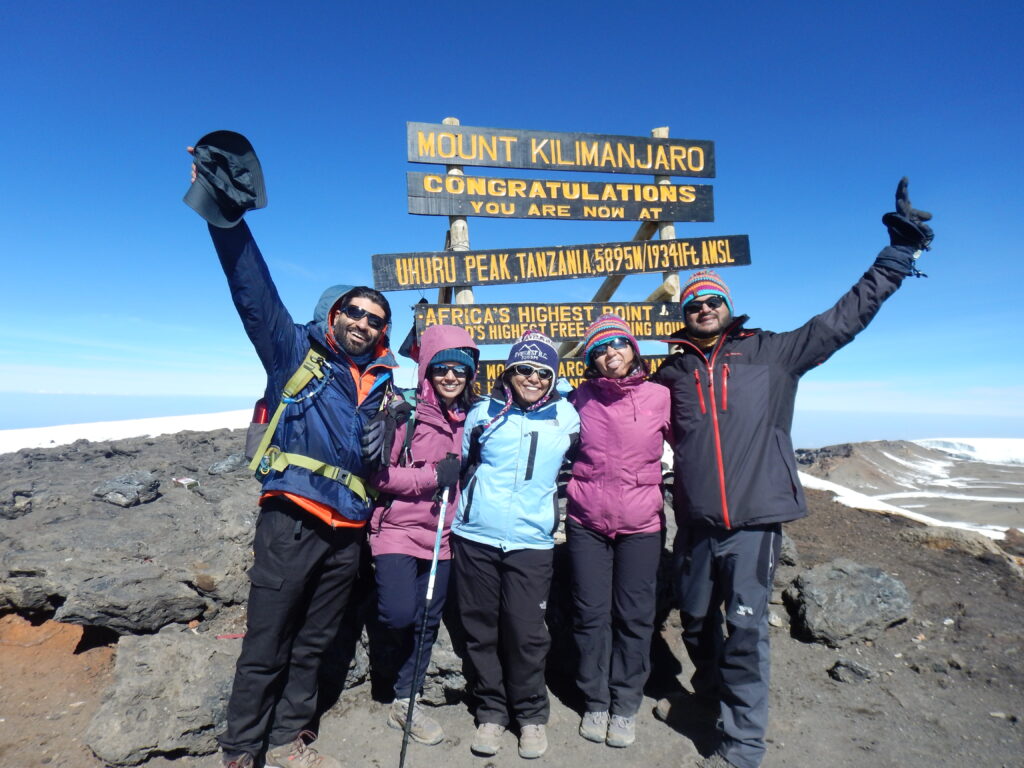
Choose the Right Route for You-
Before embarking on your journey, do your research and pick the route that suits you best. And by that, we don’t mean the one with the prettiest views or the one with the least amount of uphill. No, we mean the one that matches your fitness level and sense of humor. Because trust us, when you’re gasping for air and questioning your life choices, a good laugh will do wonders. At Adventure Pulse, we strongly recommend the Machame Route. Why is the Machame route the best to climb Kilimanjaro?

Train Properly!
Climbing Kilimanjaro is no joke, so start training at least a few months before your climb. And by training, we mean get off the couch and move your body. But don’t take it too seriously, throw in some silly exercises, like the hokey pokey or jumping jacks in a tutu. It’ll keep things interesting. For Adventure Pulse recommended training Tips, click here.
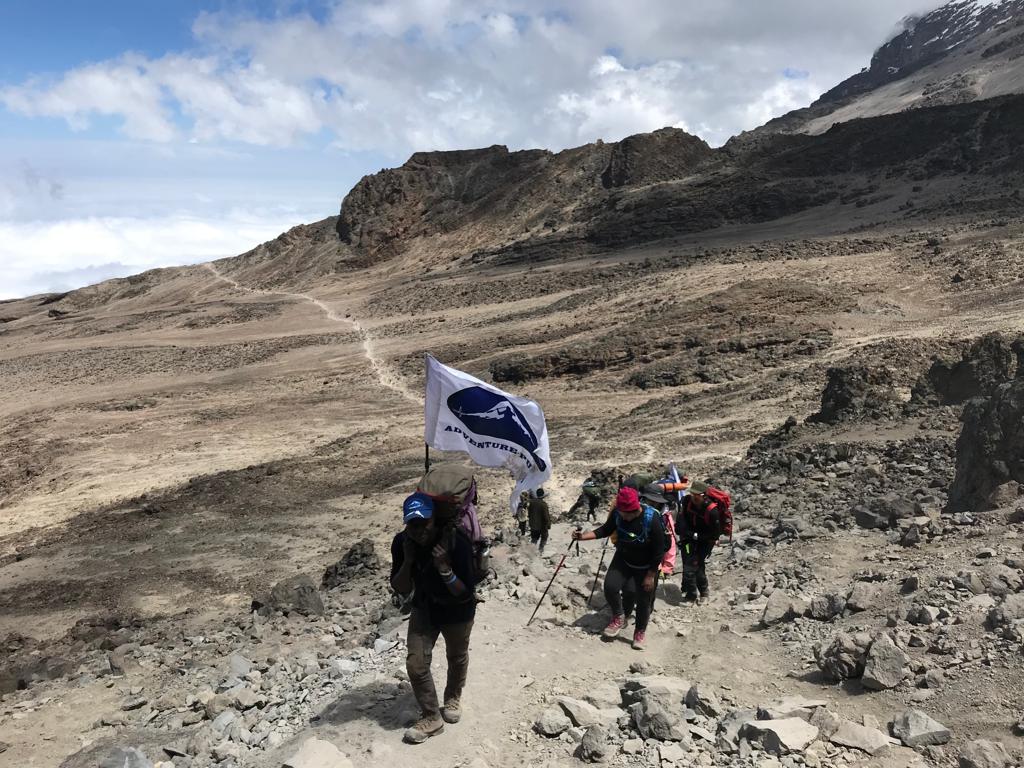
Acclimate Gradually!
Altitude sickness is no laughing matter, but acclimatizing can be. Take your time to adjust to the altitude and enjoy the stunning scenery while doing it. Take selfies, make funny faces, and sing campfire songs with your fellow climbers (though campfires are not allowed in the park, use your imagination). The more ridiculous, the better. What kind of unique ecosystem Kilimanjaro has to offer?
Walk slowly
After landing at the Kilimanjaro International airport at an altitude of 894 m in the city of Arusha, one would be starting the trek from the Machame gate which is at 1,743 m, and finally making way up to the summit of Kilimanjaro at 5,895 m. Therefore throughout the entire trek there would be an ascend of a total of 5,001 m, and hence it is advised to acclimatize very well in order to adapt to the altitude. The best way to do this is by walking slowly at your own pace & hence we suggest applying a formula of taking 20 steps, followed by 20 breaths & then repeating the entire process.
Pack wisely.
The lighter your pack, the happier your back. Check out this link for a detailed packing guided. But don’t forget the essentials, like warm clothing, a good sleeping bag, and plenty of snacks. And don’t forget to pack a sense of humor, it’s the most important item on your list. Be prepared for the weather. Kilimanjaro’s weather can be unpredictable, so be ready for anything. Pack some rain gear, a hat, sunscreen, and a sense of adventure. Because who doesn’t love hiking in the rain or snow? For a good reference on how to layer for Kilimanjaro.
Stay hydrated and nourished.
Drinking plenty of water and eating well is crucial for a successful summit. But why stop at water? Mix it up with some funny-colored sports drinks or energy bars with ridiculous names. Who knows, they might give you the giggles and some extra pep in your step.
Stay positive and focused.
When the going gets tough, the tough get silly. Keep your spirits high by cracking jokes, singing silly songs, or doing a silly dance. Even if you end up scaring away all the lions and leopards along the way, unleash the inner Botanist in you and appreciate the amazing plants (also called Flora). What trees are unique to Mount Kilimanjaro? And when you finally reach the summit, celebrate like there’s no tomorrow. You made it, you hilarious mountain climber, you!
In conclusion, climbing Mount Kilimanjaro is a serious undertaking, but it doesn’t have to be a somber one. With the right attitude and a good sense of humor, you can make it to the top and have a blast doing it. So go forth, my funny friend, and climb that mountain with style!
Why is the Machame route the best to climb Kilimanjaro?
I cannot definitively claim that the Machame route is the best to climb Kilimanjaro, as the best route for each individual depends on their individual preferences, fitness level, and experience. However, I can provide some information on why the Machame route is a popular choice and what advantages it offers:
1. Scenic views: The Machame route is considered by many to be the most scenic route to climb Kilimanjaro, offering panoramic views of the mountain, the surrounding landscape, and diverse flora and fauna. This route also passes through various habitats, including rainforest, moorland, and alpine desert, providing a diverse and dynamic experience.
2. High success rate: The Machame route has a high success rate of reaching the summit, with some estimates as high as 90%. This is due in part to the longer acclimatization period provided by this route, which can reduce the risk of altitude sickness.
3. Good for intermediate climbers: The Machame route is considered a good choice for intermediate climbers with some experience, as it offers some challenges but is still accessible to those with good fitness levels.
4. More gradual ascent: The Machame route follows a more gradual ascent profile than some other routes, which can make it easier on the body and allow for better acclimatization.
5. Fewer crowds: Although the Machame route is popular, it is less crowded than the Marangu route, which can be an advantage for those who prefer a quieter, less busy climb.
Again, it is important to note that the best route for each individual depends on many factors, including personal preferences, fitness level, and experience. Ultimately, choosing the right route and preparing properly is key to a successful and enjoyable climb up Kilimanjaro. For an Adventure Pulse recommended itinerary, click here.
What kind of unique ecosystem Kilimanjaro has to offer?
Climbing Mount Kilimanjaro offers an opportunity to see a diverse range of flora and fauna across several different ecosystems. Here are some examples:
Rainforest: The lower slopes of Mount Kilimanjaro are covered in lush rainforest, which is home to a variety of plant and animal species. Some of the animals you may see include blue monkeys, black-and-white colobus monkeys, bushbuck, and a variety of bird species. The vegetation includes giant ferns, orchids, and towering trees.

Mooreland: As you ascend the mountain, you’ll enter the moorland zone, characterized by open grasslands and heather. Here, you may see hyrax, a small mammal that resembles a rodent, and a variety of bird species, including eagles and buzzards.
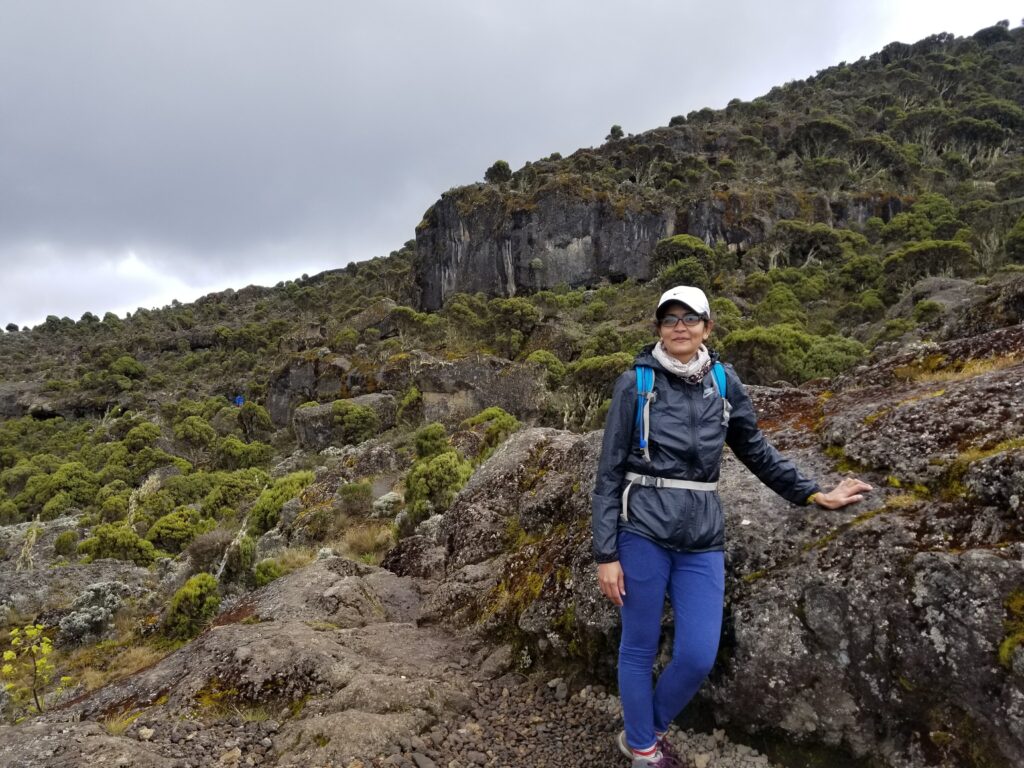
Alpine Desert: At higher elevations, the landscape becomes more barren, with rock and scree dominating the terrain. Despite the harsh conditions, a variety of plant and animal species are adapted to this environment, including the endemic Kilimanjaro tree and the Kilimanjaro shrew.
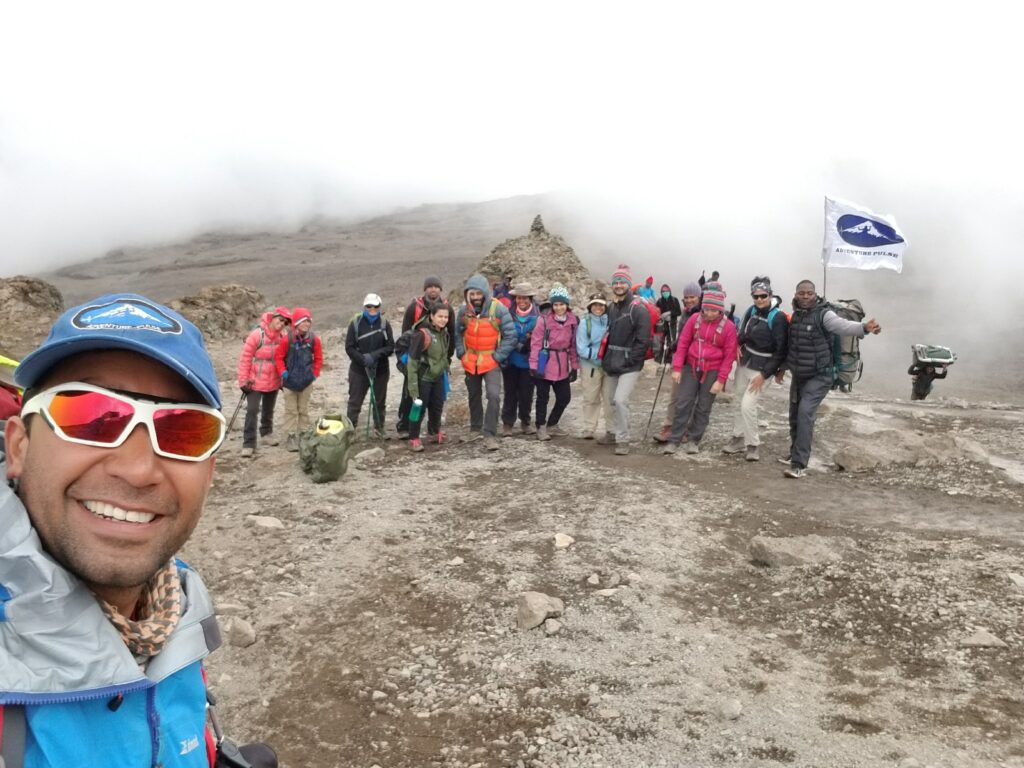
Glaciers: Although the glaciers on Kilimanjaro are shrinking due to climate change, they are still a remarkable feature of the mountain. The glaciers support unique microbial communities, and you may also see rock hyrax and other species in this zone.
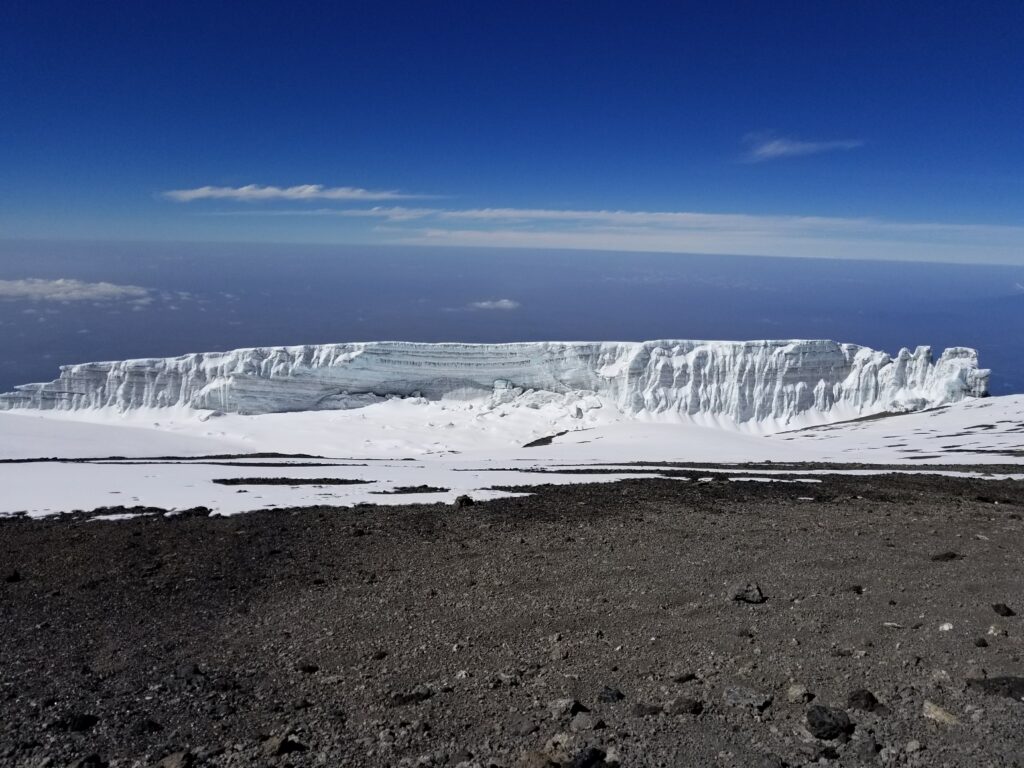
Overall, climbing Mount Kilimanjaro provides an opportunity to see a wide range of plant and animal species across several different ecosystems, making it a truly unique and unforgettable experience.
What trees are unique to Mount Kilimanjaro?
Mount Kilimanjaro is home to several unique tree species that are adapted to the mountain’s high-altitude environment. Here are some examples:

1. Kilimanjaro cedar (Juniperus procera): The Kilimanjaro cedar is a coniferous tree that can reach heights of up to 60 feet. It is found primarily in the mountain’s subalpine zone and is used for a variety of purposes, including building material, fuel, and medicinal purposes.

2. East African pencil cedar (Juniperus procumbens): The East African pencil cedar is a shrubby tree that grows at high altitudes on Mount Kilimanjaro. It is highly valued for its fragrant wood, which is used in the production of incense and perfume.

3. African olive (Olea europaea subsp. cuspidata): The African olive is a small tree or shrub that grows on the slopes of Mount Kilimanjaro. The tree produces edible fruit, and the leaves and bark are used for medicinal purposes.

4. Common Groundsel versus Kilimanjaro giant Groundsel –
Kilimanjaro Giant Groundsel (Dendrosenecio kilimanjari): Resembling a cross between a burned-up cactus and a pineapple, these alien-looking plants can only be found on Kilimanjaro. The giant groundsels of the genus Dendrosenecio evolved, about a million years ago, from a Senecio that established itself on Mount Kilimanjaro, this interesting specie of plant could be as old as Dinosaurs.

